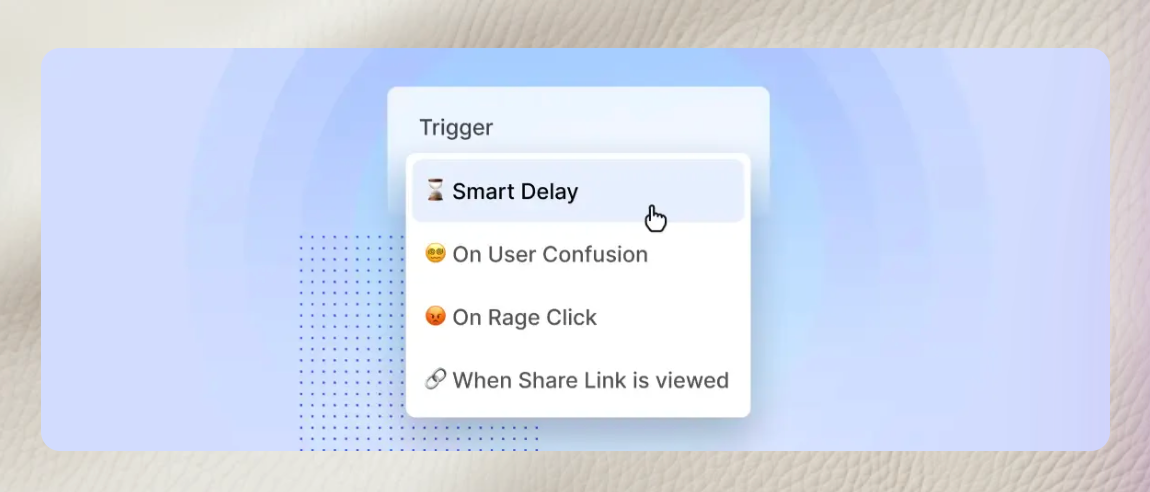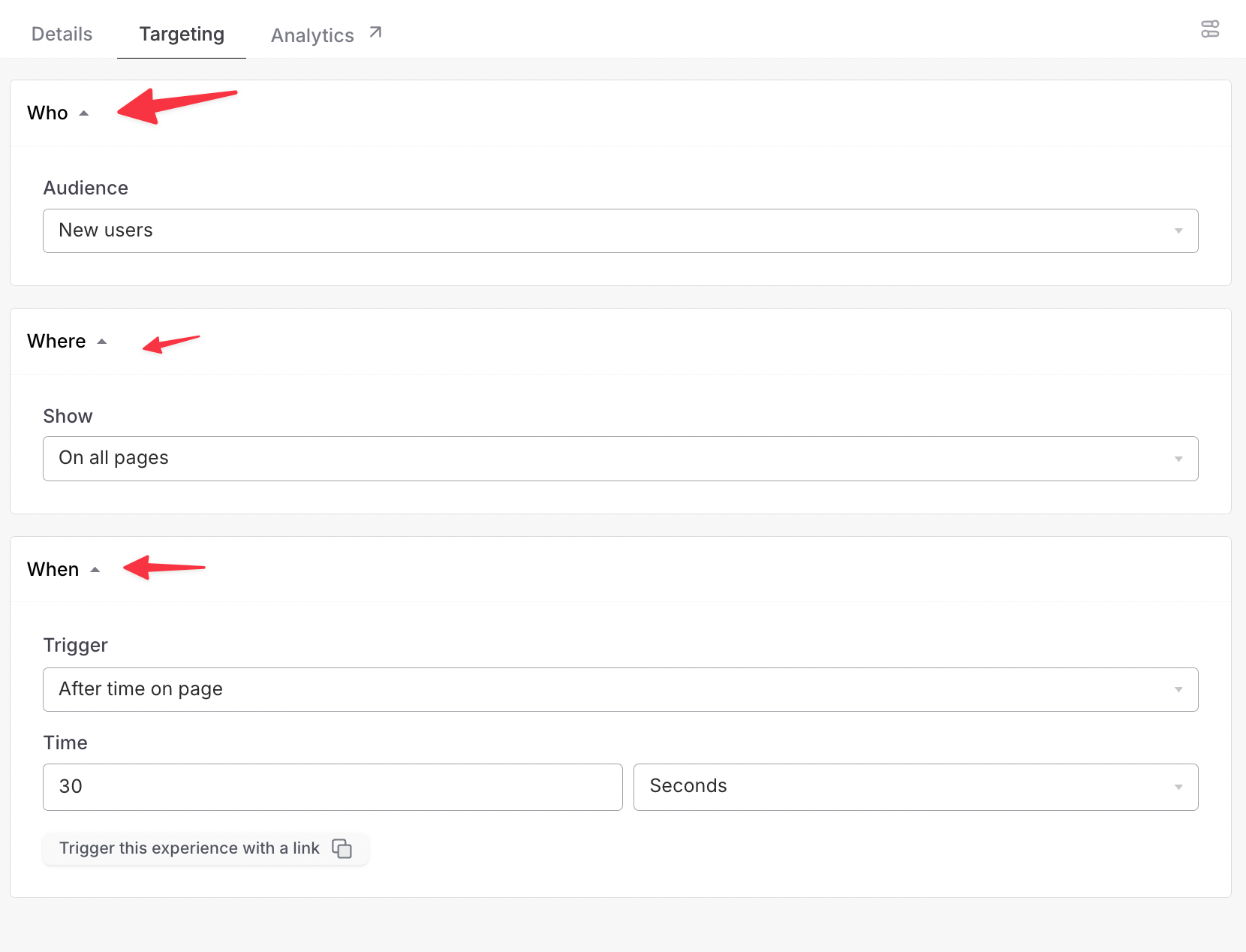The NPS survey isn't the end-all, be-all metric it used to be, but it's still important for startups to understand how their product is viewed, particularly by different user cohorts and segments.
Running a NPS survey can be a great way to do that!
While you should certainly be running lots of other surveys and feedback loops to gauge customer satisfaction and engagement, the NPS survey can be a great “10,000-foot metric” that will help you understand who is a:
- Promoter (9-10 out of 10)
- Passive/Neutral (7-8 out of 10)
- Detractor (0-6 out of 10)
Why NPS Data Is Important
NPS survey helps you identify who is passionate about your product, and who is dissapointed and doesn’t care much.
Your promoters are engaged brand advocates ripe for referrals and other brand-building mechanisms.
Your detractors responses can help you identify cohorts who you may be underserving and who need more love and attention.
And your neutral audience might indicate areas where incremental improvements can drive meaningful increases in satisfaction, but with perhaps less urgency to act.
This NPS data also serves as a helpful measure of your overall product likability. When combined with more specific product feedback, it can help you improve different products and services. Altogether, NPS can be a great indicator of customer retention and long-term potential business success.
So how do you build an effective NPS survey?
Building an NPS Survey
An NPS survey is super easy to build. It takes 30 seconds because all you are asking folks is how they feel about you on a 1 to 10 scale.
You can literally just ask: How would you rate Company X on a scale of 1-10?
To prove that to you, watch me build an NPS survey in 20 seconds in Command AI!
That's the easy part!
The more difficult part is identifying and applying best practices for maximizing the accuracy and volume of responses, proper segmentation of responses, and actually turning all of the data into better product and happier customers.
Increasing NPS Response Rate
Let's first talk about how to best structure and time your NPS survey.
Timing
How you time and structure the question is super important.
You can't just serve up the survey at any moment, because if you interrupt the user's flow or catch them at the wrong time, you might get face a non-response bias, upset the user and get an inaccurate answer, and generally reduce the quality of your. That's why timing is so crucial. It can be strategic to time it after a specific event where you believe the user has completed an action and is ready for your question (they've accomplished their task to be done!) In Command AI, you can use smart triggers to do this!

Or, you can use more traditional triggers using the 3 Ws: Who, Where, and When – to better hone in your targeting!

Whatever you decide to do, ensure you have an intention behind it and that you're not just spraying and praying!
Personalization
Furthermore, you can personalize the survey experience to increase the response rate. You can loads folks' names using metadata, and ensure you're asking them at the right moment and context PLUS in a personalized way!

For example, if you have a user who is a power user for a specific feature of your product, you might ask them about their feelings on that product / segment out your NPS by product, or you might make clear that you're talking about the company as a whole. Make sure you're specific in your language and how you frame the question.
Automating NPS Surveys for Better Insights
You need a reasonably automated and systematic approach to running NPS surveys. For example, with Command AI, you can efficiently structure your NPS surveys to trigger off the specific events and automate all the data collection.
To turn your data into actual insight, you need to segment it well.
This can be done across demographic lines, user roles, or where folks sit in the lifecycle.
For example, the NPS of users seven days out of onboarding and 100 days out of onboarding might reveal differences in how your users’ feelings towards your product evolve over time. You can also use this to operate and tweak different product development or marketing messaging.
Going Beyond the NPS Score
It's also important to remember that you should try to go deeper after an NPS survey. While you want to serve them up an easy to answer simple NPS questions, after that first response that takes three seconds, you can ask a follow-up question on the spot.
You can ask them, “Can you tell us why that was your score?”
This helps your customers offer more insight if they so desire without being burdensome / reducing the likelihood that they will respond in the first place to a large, intrusive survey.

What to Watch Out for In NPS
How do you turn NPS results into insights and data that can drive better products and growth?
Track NPS Over Time
First of all, you should be tracking your NPS over time. If you see declines or noticeable trends, you can go deeper to understand what might be causing them. These trends can also show you when new issues are popping up or when the likability or efficiency of your product is declining or improving.
Furthermore, if you're seeing specific patterns—for example, detractors becoming promoters or promoters becoming detractors—you can dig into those cohorts and understand why folks' experiences and sentiments are changing. These insights could help drive your marketing, product, and overall user teams' insights.
Avoiding NPS Survey Pitfalls
If you send people NPS surveys too frequently and overwhelm them, they might not answer your surveys at all. You have to consider the fact that your team is probably running plenty of other surveys as well.
Survey fatigue is very real!
So, make sure that you have a coherent strategy in place to ensure that your users aren't getting survey fatigue.
Actually use the data
In addition, there's only a point in collecting all that NPS feedback if you're going to analyze it and turn it into actionable product improvements. You need to have a clear structure to address the feedback your users give you. This can include reaching out to users who are detractors and working with them to understand the issues with the product.
Also, don't only focus only on your promoters or detractors. It's easy to think that you should look at the folks who are having a horrible experience and work with them to improve it, or work with the promoters, who you can turn brand advocates or who can do referrals for you.
But the reality is that your passives might still be an important group for you to look at as well, because may be able help you identify where marginal incremental improvements can yield meaningful increases in NPS and satisfaction.
Conclusion
NPS data can help you improve your customer experience when you actually take feedback and solve the issues that are causing the detractors to have issues. In addition, it can help you turn promoters into advocates for your brand, and overall, it can help you understand how you're performing and how your customer success team is operating. Make sure that you're serving up NPS surveys in a targeted and intentional manner using a tool like Command AI to ensure high response rate and accurate data.

















